Weller Residence
1894
824 East Kensington Road – map
Declared: 6/20/79
Businessman Zachariah Weller’s house was just six years old in 1900 when he sent his family off for a short vacation on Catalina Island, split the house in two, and moved it about 3,000 feet north (as the crow flies), deep into Angeleño Heights. When the Weller clan’s Avalon holiday was up, they returned to a home not only no longer encroached upon by filthy oil wells, but one which was newly wired for electricity, the first home in the Heights to be powered as such.
Born in Somerset County, Pennsylvania, on April 4, 1847, Zachariah Weller moved to Waterloo, Iowa, in 1864, where he worked as a building contractor and, later, a hardware merchant. In 1887, along with the rest of the state of Iowa, Weller moved to sunny Los Angeles. Here he continued in the hardware trade, forming a partnership with E.A. Hoffman under the moniker Hoffman & Weller. The duo also entered the oil business together.
In early 1893, Zach Weller bought from Charles Stimson a pair of lots in the Beauvoir Tract for $2,000. A Queen Anne home, with bits of Eastlake elements and hints of Moorishness, would be completed the following year and claim the address of 401 North Figueroa Street.
Below are two Sanborn maps. The top, from 1888, shows the land before Weller got hold of it. The bottom, grabbed from the 1894-1900 Sanborn volume, has his house more or less at the end of Angelina.
When Hoffman & Weller decided to end their partnership, Weller traded his interest in the hardware shop to Hoffman for the latter’s share in the oil wells. Set your eyes on this L.A. Times ad from April 17, 1898, announcing the close-out sale at their store at 109 North Main Street. What bargains we missed!
Now the word is Weller moved his house because he was fed up with the oil derricks in his neighborhood and, literally, backyard. I don’t doubt this, but, considering he owned or co-owned up to thirty wells at one point, I can’t help thinking some of these were Weller’s wells. Either way, I know I wouldn’t be too crazy if my yard looked like this:
Weller Residence at 401 North Figueroa (original location)
(This may be a crazy question, but does anyone know of any remnants of oil drilling in the area? David L. Clark, in Los Angeles: A City Apart, says the area of Edward Doheny’s original strike, bounded by Figueroa, First, Union, and Temple, had more than 500 producing oil wells by 1897. You’d think there be some evidence somewhere.)
On Sunday, June 21, 1903, Weller, a member of the Ancient Order of United Workmen and of the Royal Arcanum, died of a series of strokes at his home after a long illness (blamed in part on overdoing it on his ten-acre orange orchard in Ontario). He left behind his widow, Eliza, three daughters, and a son.
The house stayed in the Weller family into the early 1950s. Albert and Helen McNellis, who had purchased the home in 1953, owned the residence at the time of its 1979 designation. My (somewhat irresponsible) guess is the picture below was taken around that time. Besides the differences in the landscaping and paint, note how at some point a portion of the porch was enclosed, only to be re-opened during a later renovation.
Courtesy of the Los Angeles Department of City Planning
Oh. And 401 North Figueroa? Well, Angelina Street is no longer there to meet it, and, since 1897, North Figueroa is North Boylston. Finally, on the old Weller lot stands this vaguely Spanish multi-family residence from the mid-20s. There are handful of vintage homes on the block, though. And they must all have a grand view of downtown Los Angeles.
401 North Figueroa, now 401 North Boylston
The Weller Residence ends this month-long stay in Angelino Heights. We’ll be back in the neighborhood in four months, though, so don’t throw away your map just yet.
Sources:
“Real Estate Transfers.” The Los Angeles Times; Jan 15, 1893, p. 15
“A Good Investment.” The Los Angeles Times; April 3, 1898, p. A10
“Well-Known Citizen Passes Away.” The Los Angeles Times; Jun 22, 1903, p. 13
Morales, T.M. “Closer Look at Angelino Heights” Parkside Journal; Jul 4, 1979, p. 1
Clark, David L. Los Angeles: A City Apart Windsor Publications, Inc. 1981 Woodland Hills, CA
Up next: Cesar Chavez Avenue (Macy Street) Bridge
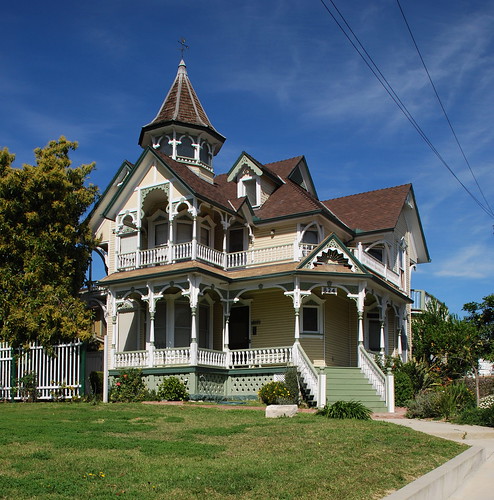
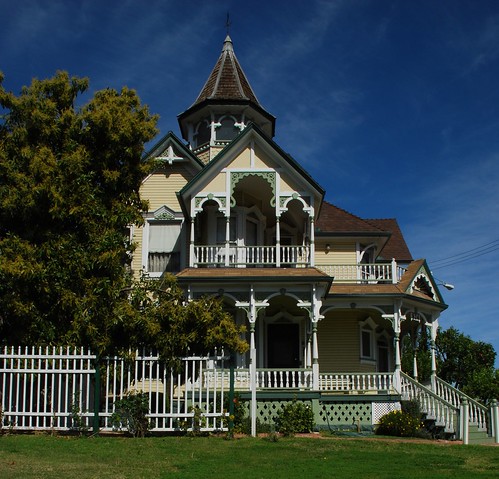

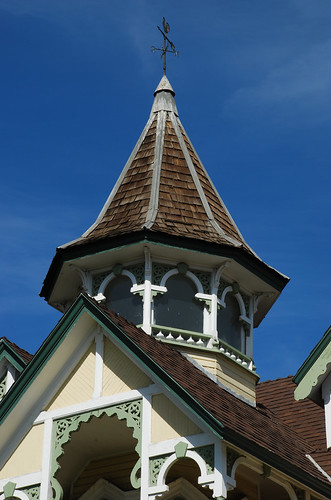
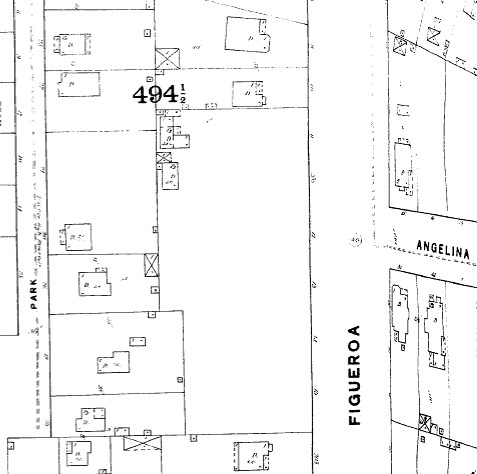
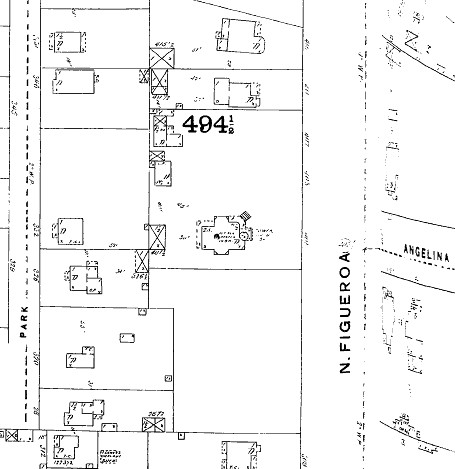
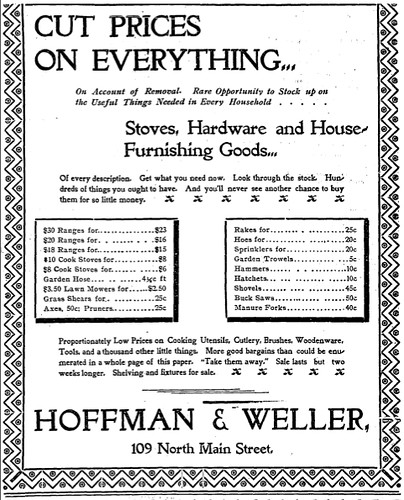
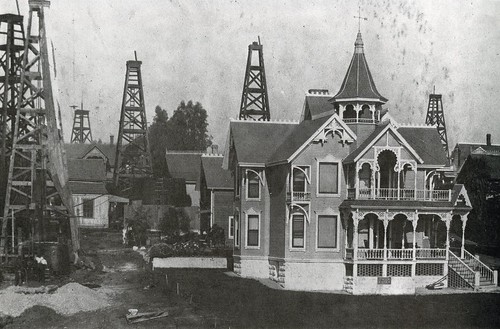

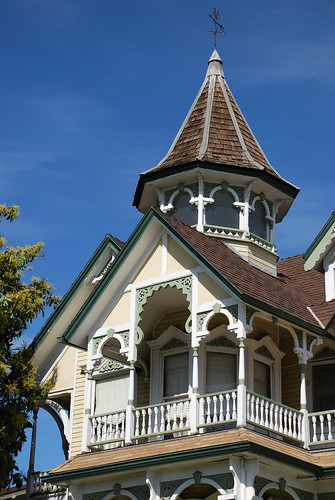
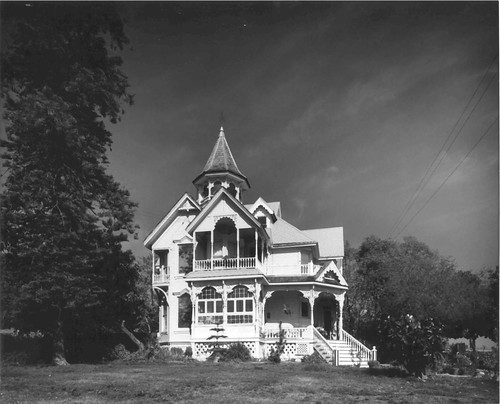
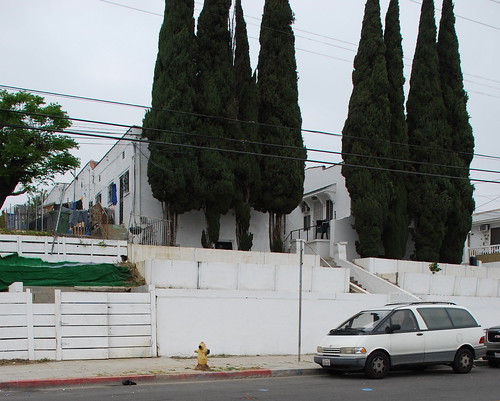


6 comments:
I am not an expert but I would think that the LA Dept of Water and Power would certainly be aware of any old oil wells in the area of this property. They always have to be careful of underground pipes and such. Their maps of the area might indicate as much.
Douglas.....Paramount, CA
dwhmodels@cs.com
I was under the impression that the Belmont School project had its many delays due to the oil fileds under the ground. Am I in the wrong area?? The Ford House (at Heritage Square) was also surrounded by oil derricks at one time when it was at the corner of Beaudry Ave and Mignonette. Too bad the Witmer Brothers' houses on Crown Hill didn't survive. But I'm glad to see the Lewis House is still standing.
W.H.
Wondering how N. Figueroa became N. Boylston-- what was the current N. Figueroa (say from about 6th St, where Fig & the current Boylston might have once come together) called back when N. Fig apparently ran in the quite-different track? Making any sense here?
You are making sense. Figueroa was then called Pearl north of the bend at Pico.
Seems like a lot of effort to gain a few thousand feet. I wonder if the oil wells followed suit...Great historical photo.
BTW I made the Heritage Fair. Wow! I discovered a group out to protect historical playgrounds
Most of the questions about the Los Angeles Oil Field are answered at the wiki page https://en.wikipedia.org/wiki/Los_Angeles_City_Oil_Field
The last well from this field is still quietly pumping away on S Mountain View Ave.
More info on current oil production:
http://la.curbed.com/archives/2014/07/mapping_all_3000_of_los_angeless_active_oil_wells.php
http://www.theatlantic.com/photo/2014/08/the-urban-oil-fields-of-los-angeles/100799/
http://www.vice.com/video/oil-of-l-a--3
http://blogs.getty.edu/iris/subterranean-l-a-the-urban-oil-fields/
.....there's many more
Our reserves are counted in the billions of barrels. We don't pump the "light, sweet, crude" you've heard about. Our sludgy product is turned into asphalt.
We are the third largest oil field in the US
Post a Comment